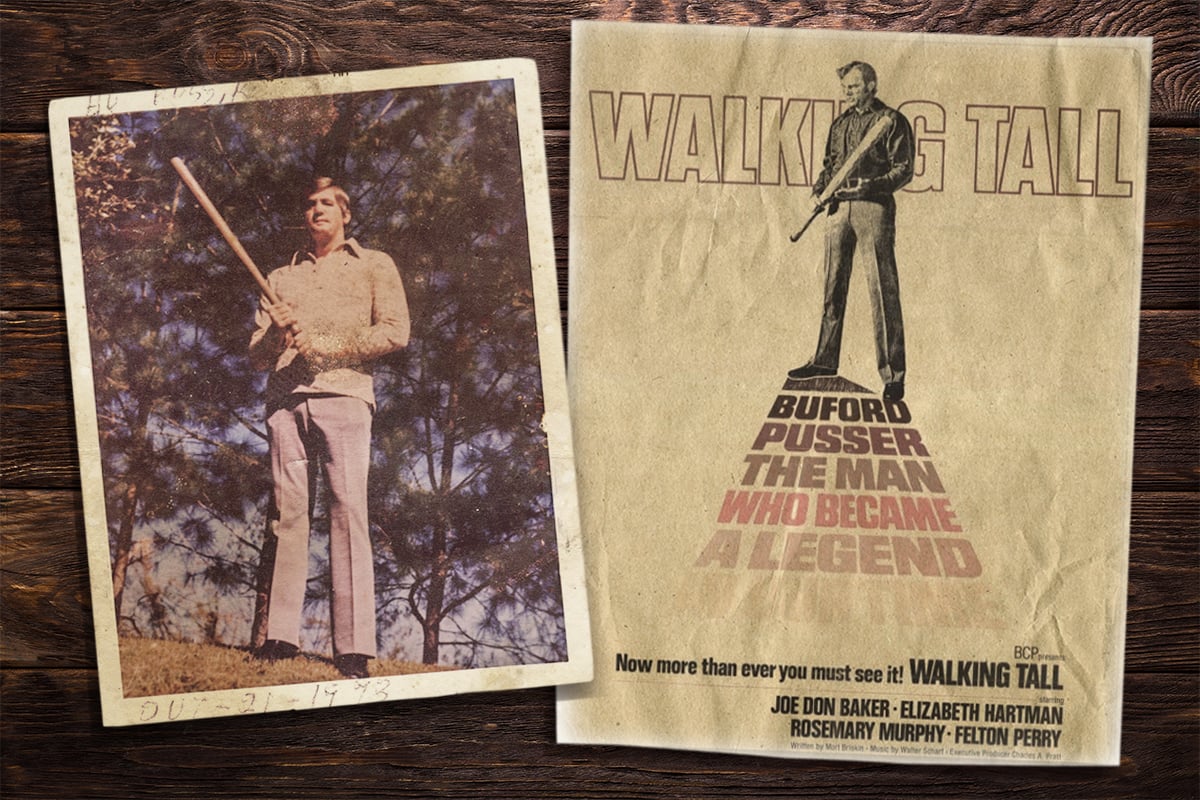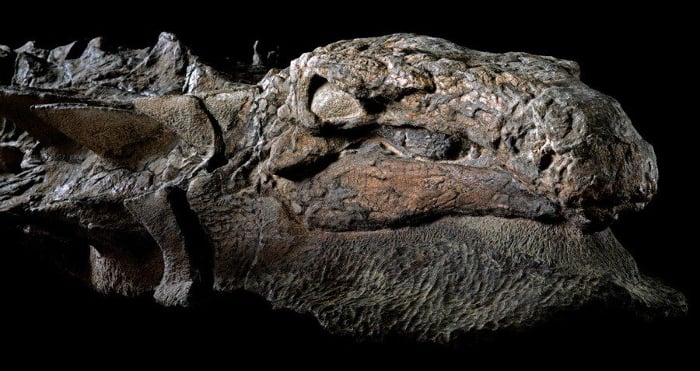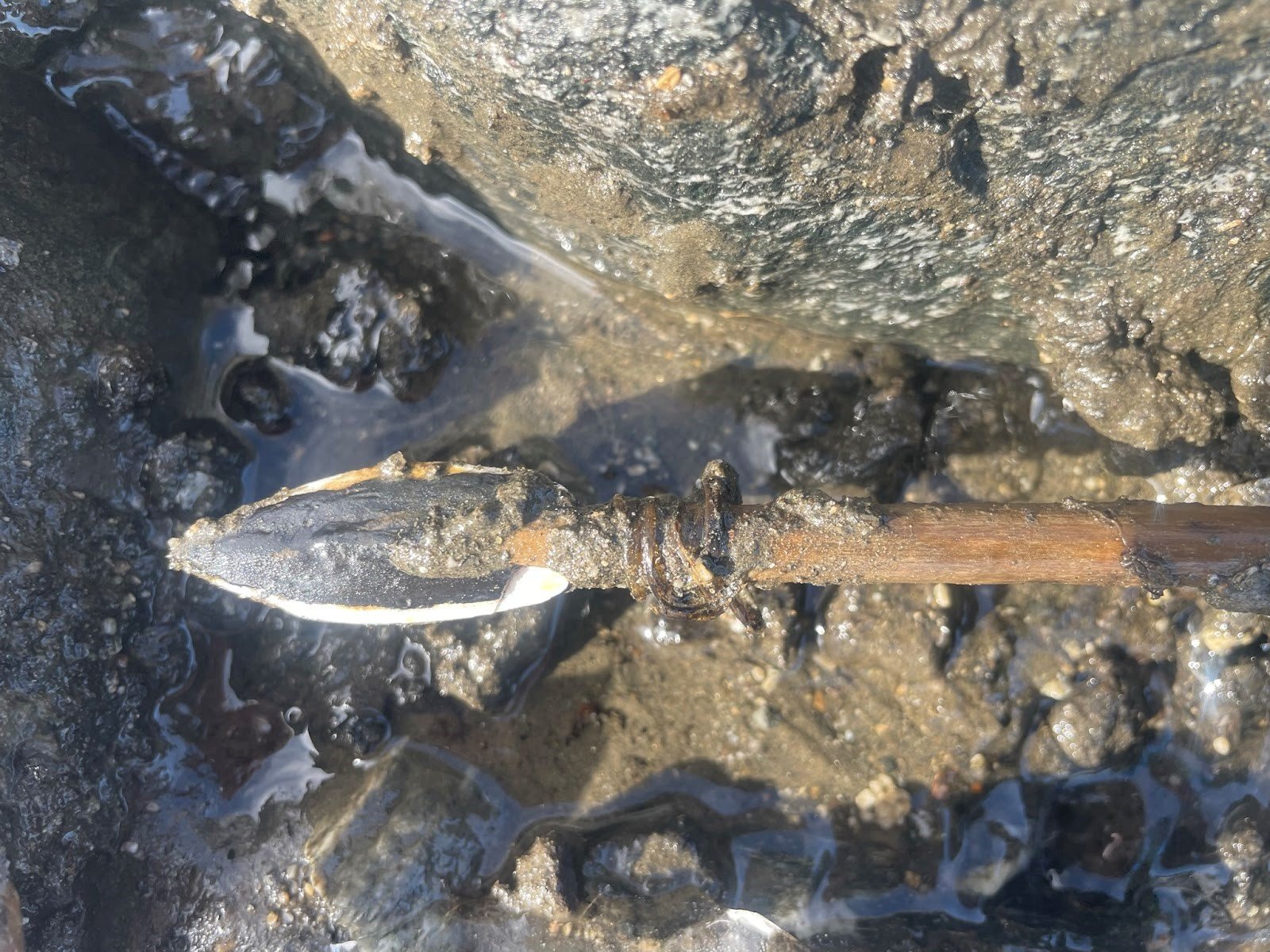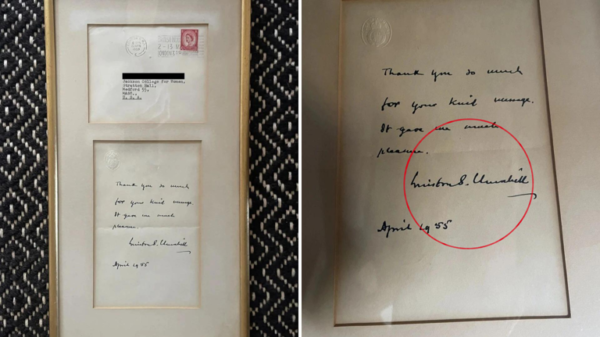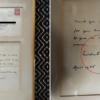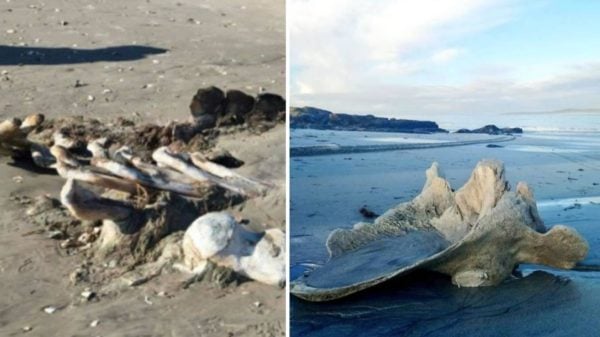Archaeological discoveries can be thrilling for many reasons. First, they connect us in some way to the past by allowing us to take a glimpse at how people were able to navigate life in ancient times. If you’re an adventurous person who fancies the concept of time travel, a blast from the past as close as you can get.
More than just connecting us to the days of old, archaeological findings aid scientific advancements, especially in fields like geology and anthropology. As such, any new discovery from the time of our ancestors opens us up to a world of more possibilities.
It’s for the above reasons that we can’t help but be excited about a recent uncommon discovery made by a team of amazing Norwegian archaeologists. This find, an arrow shaft, dates back to 4,000 years ago from the Stone Age. The researchers say it was once covered in ice.
According to Dr. Lars Holger Pilø, co-director of the Secret of the Ice (the archeological group that made the discovery), the arrow was found on the side of Mount Lauvhøe. Secret of the Ice is Norway’s Department of Cultural Heritage’s glacial archaeology program that started in 2011 and has been surveying glaciers and ice patches in Innlandet.
Lauvhøe is a 6,532 feet tall mountain that forms part of Norway’s Jotunheimen Mountains. The ice in this region has been melting continuously since the big melt that was recorded in the fall of 2006 and revealed lots of archaeological material. So far, archaeologists have been able to recover thousands of finds in the region ranging from textiles to transport equipment, leather, etc.
According to Dr. Pilø, the group last surveyed Mount Lauvhøe’s melting ice in 2017, when there wasn’t much land to examine. He said that before this recent discovery, the arrows they found were from the Iron and Middle Ages (about 500-1,700 years ago). So, this arrow shaft from a much ancient era is a special find.
“This new find adds a lot more depth to the site. The site of Lauvhøe is one out of 66 such ice sites in our county alone. We currently have more than 4,000 finds from the ice,” Dr. Pilø wrote in an email.
The archaeologists found it difficult to date the shaft arrow at the beginning as both of its ends were broken. According to NPR, they first assumed that it was from the Iron Age, just like others that have been found previously. However, after cleaning the glacial silt off it, they discovered that it was much older than they assumed.
Pilø said that the arrow was probably left in the ice as hunters tried to capture the reindeers that gathered there during high temperatures to avoid the parasitic botflies.
In his words, “The ancient hunters knew this and would have hunted the reindeer en route to and on the ice patch. Sometimes, when an arrow missed its target, it burrowed itself deep into the snow and was lost. Sad for the hunter but a bull’s eye for archaeology!”
The archaeologist mentioned that they have found a horse bit and bridle that are likely from the Viking Age. As they continue to survey the area, we hope that they’ll find more exciting souvenirs from the past.










